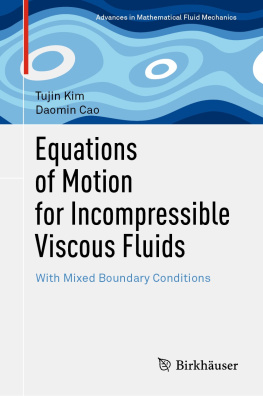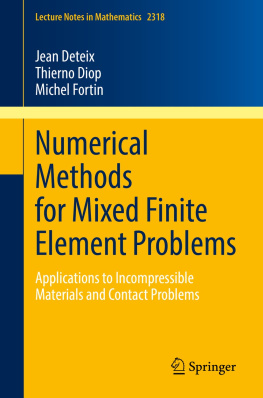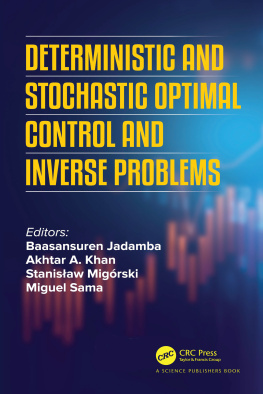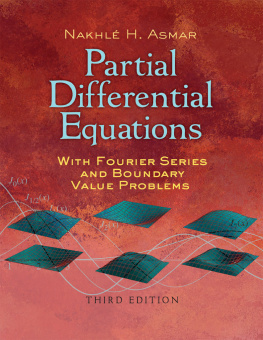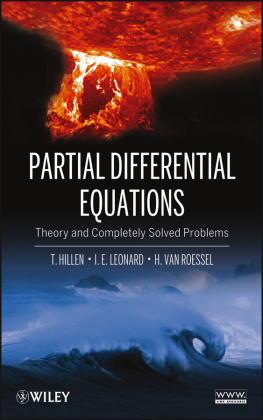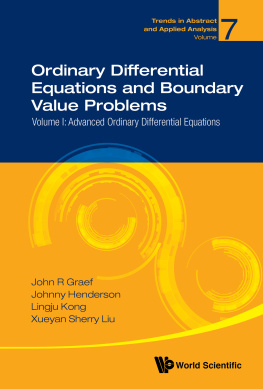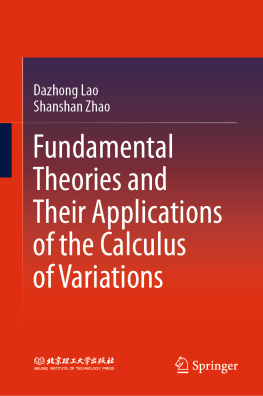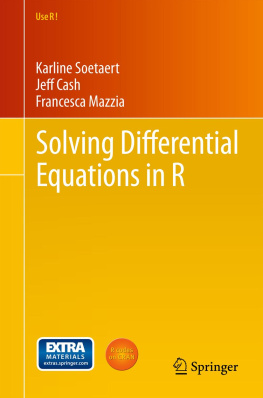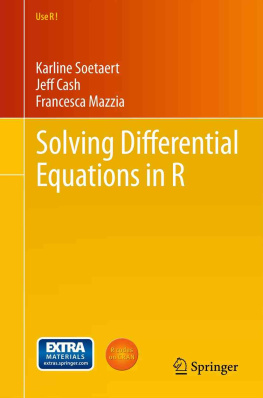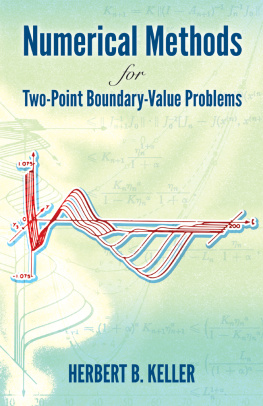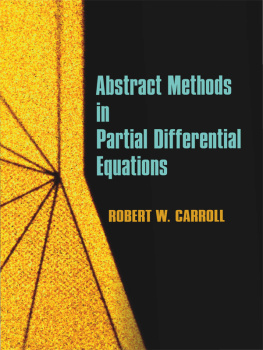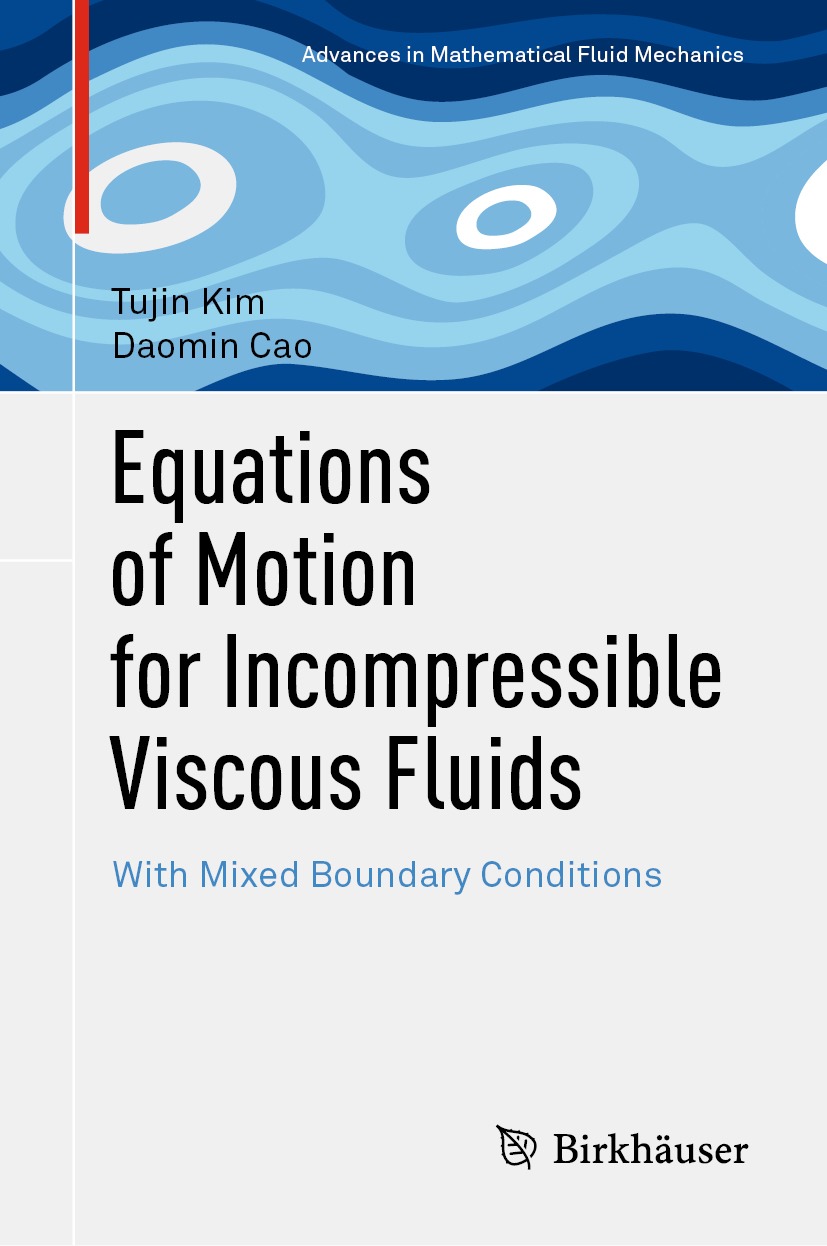Advances in Mathematical Fluid Mechanics
Series Editors
Giovanni P. Galdi
University of Pittsburgh, Pittsburgh, USA
John G. Heywood
University of British Columbia, Vancouver, Canada
Rolf Rannacher
Heidelberg University, Heidelberg, Germany
The Advances in Mathematical Fluid Mechanics series is a forum for the publication of high-quality, peer-reviewed research monographs and edited collections on the mathematical theory of fluid mechanics, with special regards to the Navier-Stokes equations and other significant viscous and inviscid fluid models. Titles in this series consider theoretical, numerical, and computational methods, as well as applications to science and engineering. Works in related areas of mathematics that have a direct bearing on fluid mechanics are also welcome. All manuscripts are peer-reviewed to meet the highest standards of scientific literature.
More information about this series at http://www.springer.com/series/5032
Tujin Kim
Institute of Mathematics, State Academy of Sciences, Pyongyang, Democratic Peoples Republic of Korea
Daomin Cao
Guangzhou University and Institute of Applied Mathematics, Chinese Academy of Sciences, Guanzhou, Beijing, China
ISSN 2297-0320 e-ISSN 2297-0339
Advances in Mathematical Fluid Mechanics
ISBN 978-3-030-78658-8 e-ISBN 978-3-030-78659-5
https://doi.org/10.1007/978-3-030-78659-5
Mathematics Subject Classication (2010): 35Q30 76D03 76D05 49J40 80A20 47J20 35A02 35A15 76D07 35R35 35J87
The Editor(s) (if applicable) and The Author(s), under exclusive license to Springer Nature Switzerland AG 2021
This work is subject to copyright. All rights are solely and exclusively licensed by the Publisher, whether the whole or part of the material is concerned, specifically the rights of translation, reprinting, reuse of illustrations, recitation, broadcasting, reproduction on microfilms or in any other physical way, and transmission or information storage and retrieval, electronic adaptation, computer software, or by similar or dissimilar methodology now known or hereafter developed.
The use of general descriptive names, registered names, trademarks, service marks, etc. in this publication does not imply, even in the absence of a specific statement, that such names are exempt from the relevant protective laws and regulations and therefore free for general use.
The publisher, the authors and the editors are safe to assume that the advice and information in this book are believed to be true and accurate at the date of publication. Neither the publisher nor the authors or the editors give a warranty, expressed or implied, with respect to the material contained herein or for any errors or omissions that may have been made. The publisher remains neutral with regard to jurisdictional claims in published maps and institutional affiliations.
This book is published under the imprint Birkhuser, www.birkhauser-science.com by the registered company Springer Nature Switzerland AGThis book is published under the imprint Birkhuser, www.birkhauser-science.com by the registered company Springer Nature Switzerland AG
The registered company address is: Gewerbestrasse 11, 6330 Cham, Switzerland
Preface
The study of the equations appearing in fluid mechanics is a core topic in the fields of partial differential equations, fluid mechanics and applied sciences. Lots of real phenomena of fluid are described by those equations with different kinds of boundary conditions. We are concerned with various boundary conditions, and nowadays for mathematical analysis of phenomena of fluid, the fluid equations with new boundary conditions are studied. In practice, we are concerned with mixture of various boundary conditions. Now there are many papers dealing with fluid equations with mixed boundary conditions; however, almost all monographs deal with the equations with Dirichlet boundary condition and a few monographs deal with mixture of Dirichlet and stress or Dirichlet and a kind of friction boundary conditions.
The purpose of this book is to introduce the recent results and research methods in the field of fluid equations with mixed boundary conditions via one book. For readers broadly ranging from students to engineers and mathematicians involved in the fluid equations, first the fluid equations and the boundary conditions for the Navier-Stokes equations are outlined in the level of senior university students. Then, the recent results for the Navier-Stokes equations and the equations of motion for fluid conducting heat with the mixed boundary conditions originated mainly from authors results and the first authors lectures for postgraduate students in the Institute of Mathematics, State Academy of Sciences, DPR Korea are described in the level of postgraduate students.
The style of this book is rather different from other mathematical monographs for the Navier-Stokes equations in the following sense:
Many monographs for the fluid equations concentrate on mathematical properties of the equations, whereas this book first intends to show how the fluid equations appearing in the journals are obtained and what kinds of boundary conditions are suitable in various practical situations.
In the existing monographs, according to the bilinear forms used for variational formulations of the problems, category of mixture of boundary conditions for fluid is determined, whereas this book almost freely deals with mixture of the boundary conditions for fluid relying on some properties on the boundaries of vector fields given on domains, which is the main point to make this book different from others.
Many monographs concentrate on mathematical investigation of the formulated variational problems, whereas this book gives attention to equivalence between the original partial differential equations with mixture of various boundary conditions and the corresponding variational problems, especially variational inequalities with one unknown, which is not obvious due to mixture of complicated boundary conditions.
The book consists of 10 chapters.
Trying to make our book self-contained, in Chap..
In Chap. , we first show how the Navier-Stokes equations and the equations of motion for fluid under consideration of heat are derived from the fundamental physical laws. Though the aim of this book is to study the equations of motion for the incompressible fluids, the equations for compressible fluids are discussed together to widen readers understanding. Next, we outline some boundary conditions for the Navier-Stokes equations, which would be helpful for readers to understand the meaning of the boundary conditions in this book and to improve the ability to apply these in practice. Then, we consider the widely used existing three kinds of variational formulations for the Navier-Stokes problems with mixed boundary conditions. Also, equivalence between the variational formulations and the original PDE problems is discussed, which is a preparation to understand equivalence between PDE problems with more complicated boundary conditions and their variational formulations in the subsequent chapters. This chapter can serve as an introduction for the students and postgraduate students in the fields of equations describing fluids, mathematical modeling and numerical simulation.

